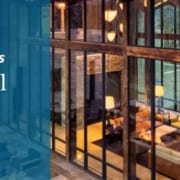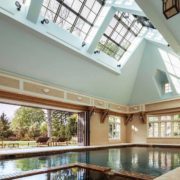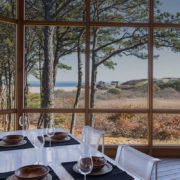Managing Code Compliance With Modern Architectural Home Designs – California’s Title 24 Codes and Beyond
California’s Title 24 Codes and Beyond
The changes to California’s Title 24 codes which came into effect on January 1st 2018 have had a noticeable impact on architecture, particularly on modern homes with large expanses of glass. At 60% glass in the envelope, you almost need to be a Chess Grand Master to plot the moves in advance to successfully achieve compliance. Whether you’re using the Prescriptive approach or the Performance model, it’s trickier now than ever before with modern designs.
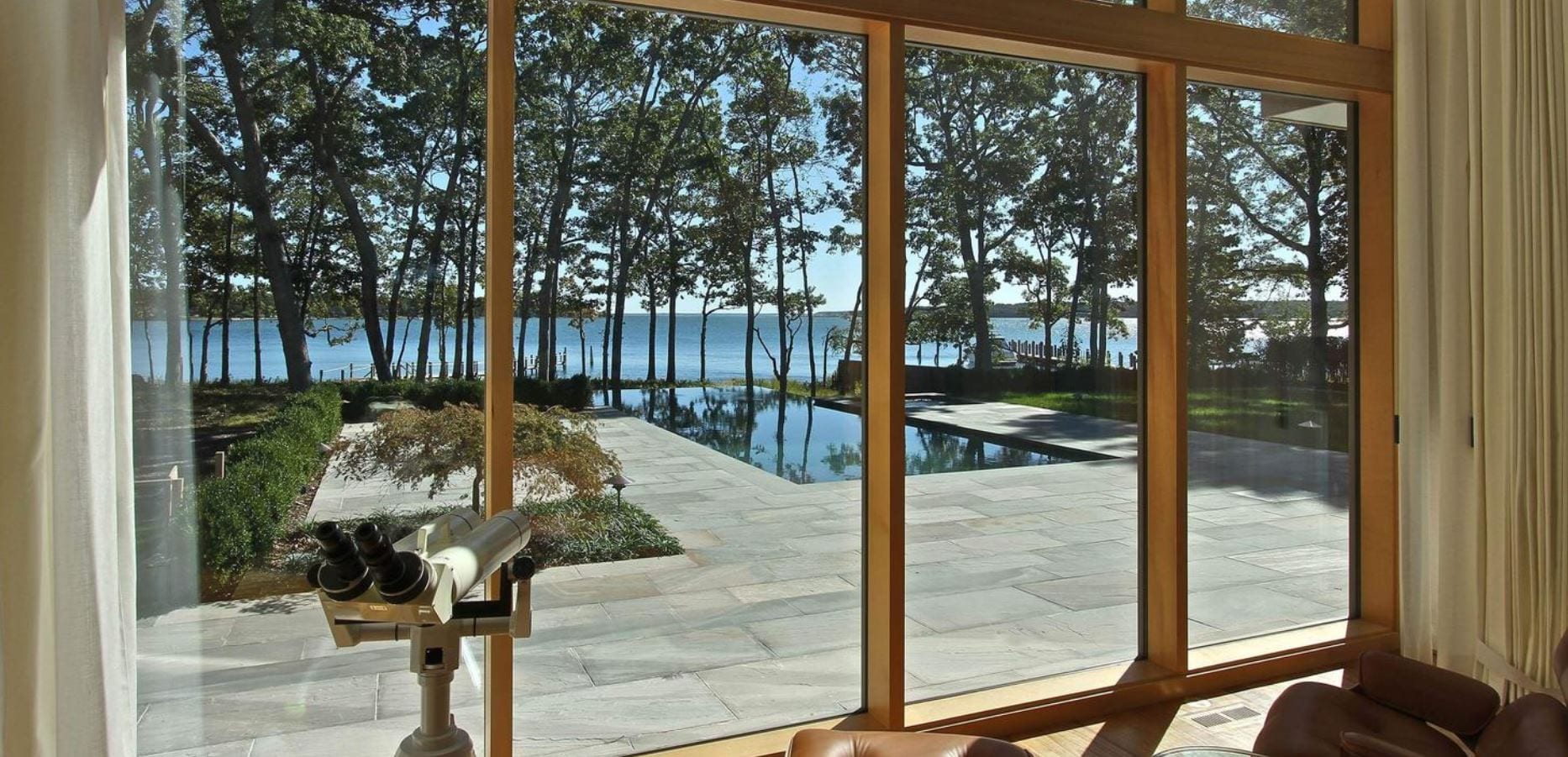
Here’s a look at managing code compliance in California and other states with similar requirements, including a reference list of fenestration considerations to address during the schematic design and design development of your project.
Prescriptive Approach
Prescriptive calculations are more straightforward – every aspect of the envelope involving energy – fenestration, lighting, insulation, electrical systems – all have to meet a minimum energy performance value that, as a whole, guarantee compliance.
The downside is a lack of flexibility. Each element complies or does not. No wriggle room – so design may have to be compromised as a result.
Performance Approach
The Performance approach allows much greater flexibility as it is a weighted average system. Weaker performance in one element can be offset by stronger performance in another. With modern designs with a high percentage of glass, it’s not uncommon for the fenestration requirements to be .25 U value and .25 SHGC in order to make the overall envelope compliant. The glazed portion of the envelope has assumed much greater significance in the design of the architecture.
Areas with greater extremes of temperatures throughout the year such as Lake Tahoe are now more challenging with T24 which coincides with the traditional log home designs being set aside in favor of much greater expanses of glass. This applies to the Nevada side as well and the Rez Check requirements there. The same applies in Beverly Hills and Malibu as the Tuscan Villa and French Chateau gave way to sleek glass and minimalist modernity.
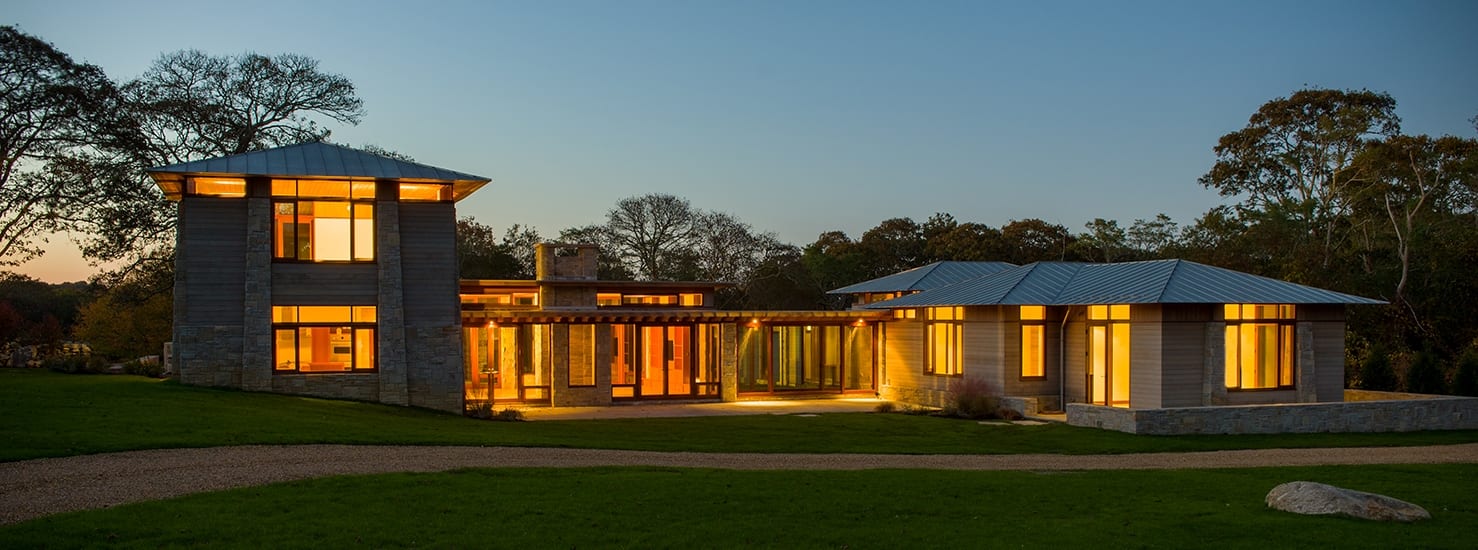
Upcoming Changes
In 2020, the T24 requirements will change again as the goal of net-zero energy building for new residential construction becomes mandatory. As the Borg in Star Trek as rightly assessed, “Resistance is futile.” If that is the new reality, it is a case of preparing in advance, anticipating the inevitable and rising to the challenge with new creative architectural solutions. How to meet the performance levels without negatively impacting the architecture, aesthetics, feel and function of the home? It’s a team effort these days more than ever.
Regulations Beyond California: Washington, Colorado, Vancouver BC and Austin TX
More demanding codes are by no means exclusive to California – Washington, Colorado and Vancouver BC have been much more rigorous for many years. Austin TX is heading that way too. We work with architects and contractors on projects in pretty much every state as well as across Canada and Mexico – we have to be able to meet or exceed the challenges of any climate and environment and code.
Design and performance innovation as a basis of the design team’s approach is a necessity. You have to be part of the evolution in order to be a solutions provider at the architectural level. Assemble the team early in the design process including your fenestration fabricator. The challenges are not insurmountable if they are understood early and solutions incorporated into the architectural design. This is a more satisfactory process than compromising design elements later or getting into a gun fight with the Title 24 Consultant. They’re people too, you know.
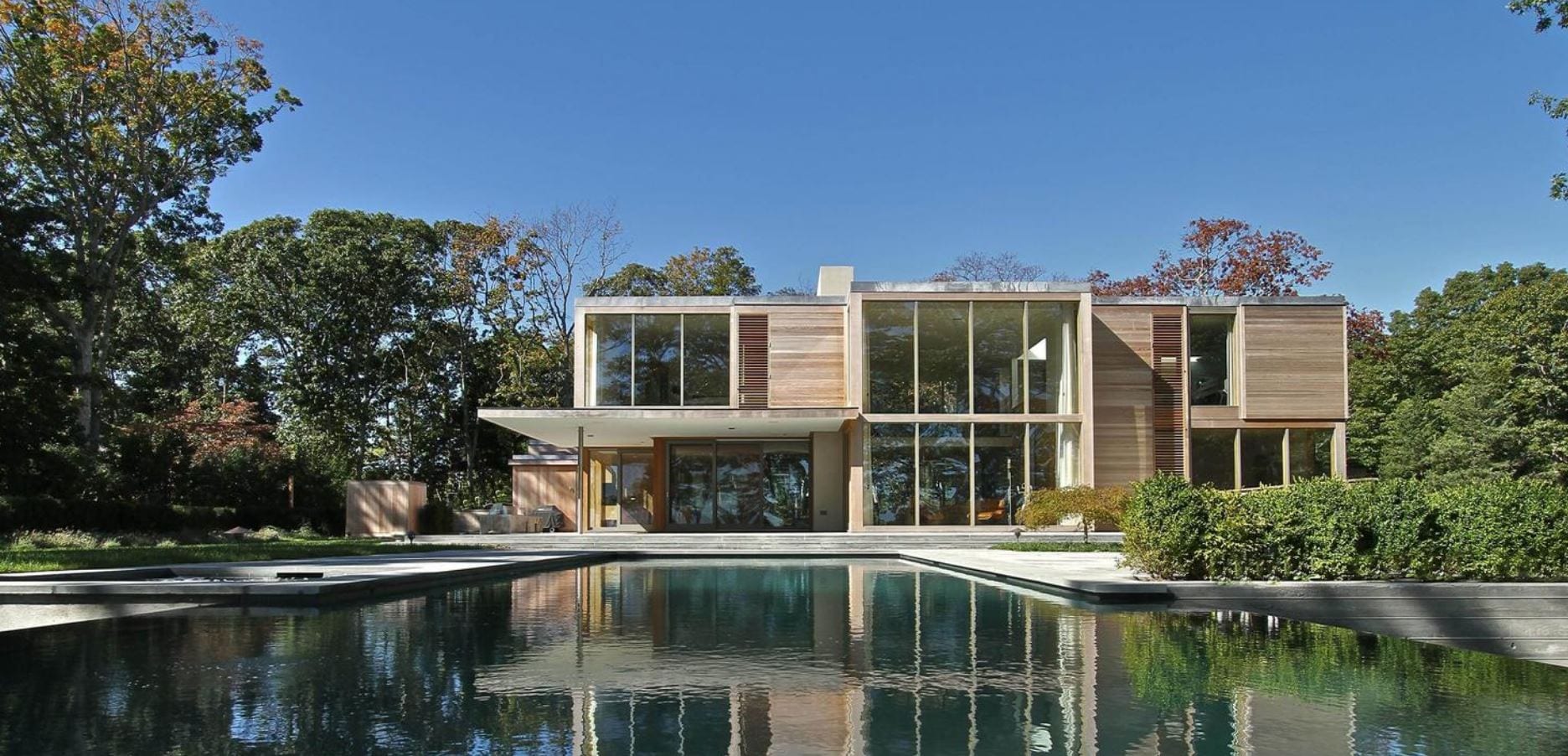
Fenestration Considerations for Early-Stage Discussion
A short list of some primary fenestration considerations that should be considered at the schematic stage or shortly thereafter:
- Materials of the windows: metal windows & doors, whether aluminum, steel or bronze will not perform as well thermally as a wood or wood clad system. Metal systems will require a full thermal break.
- Determine the glazing specification early: do you need triple glazing? Can the window system accommodate triple pane glass? Does the glass weight impact the functionality of operable units?
- Can code compliance be met with dual glazing with a double coat low emissivity (LoE) coating? How does this affect the view for the Owners? Visual Light Transmittance (VLT) diminishes with additional LoE coatings. It ain’t exactly low iron glass anymore, Leroy.
- Glass divisions are very important to consider. True Divided Lights (TDL) perform less well than Simulated Divided Lights (SDL).
- Is the window frame system and the proposed glass specification NFRC-certified? That’s what the Building Inspector will look for. A system is either certified and listed on the NFRC web site – or it isn’t. NFRC values are what matters when it comes to T24 compliance – make sure you don’t design around the center of glass values from the glass manufacturers, those do not account for the frame material of the window itself.
With the window frame material and glazing specification confirmed and checked to be NFRC-certified, the design team can now assess the fenestration within the overall envelope for compliance. The energy budget becomes clear as well as the costs of the glass to achieve the targets.
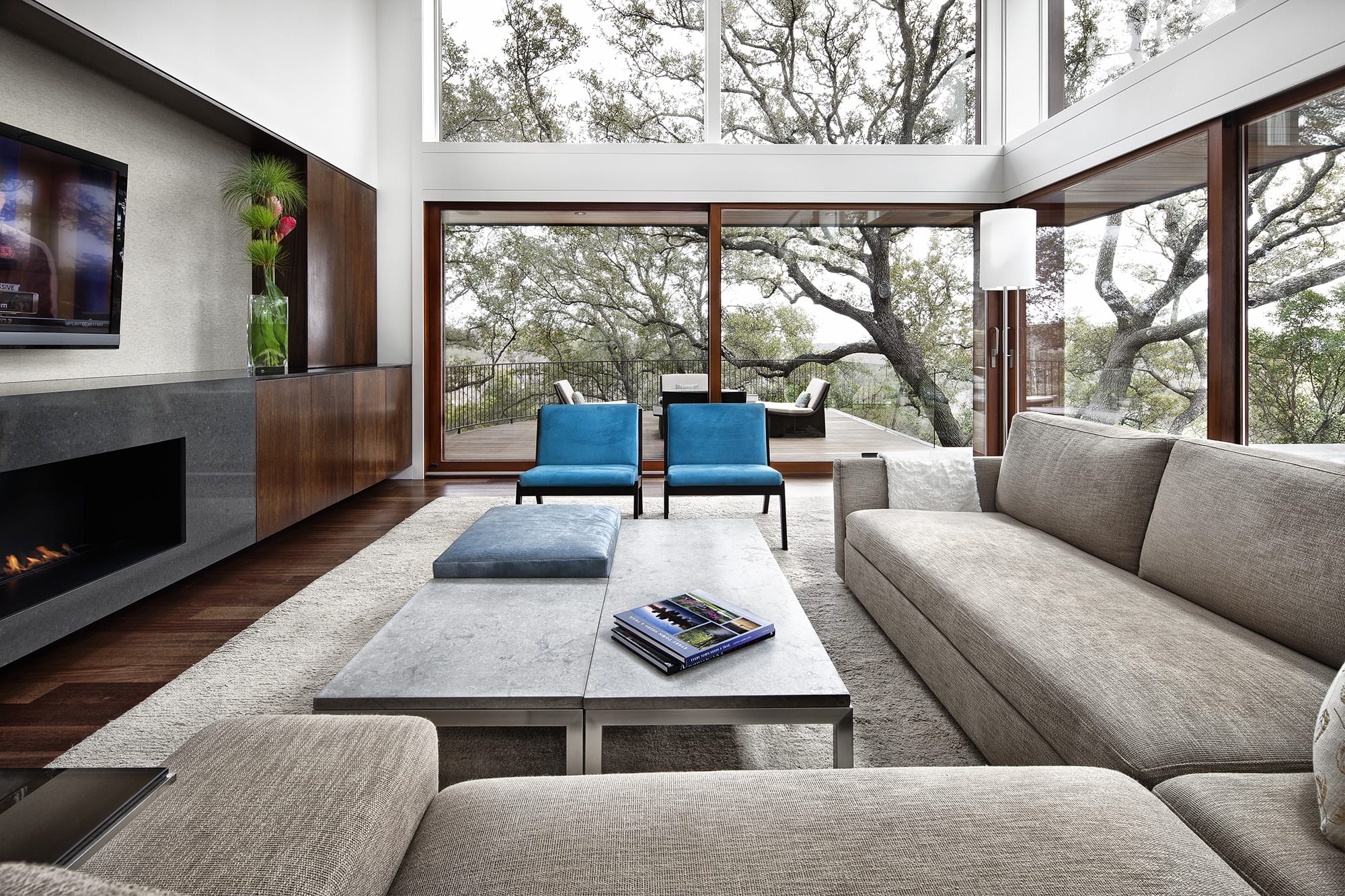
This is often overlooked – it’s important to keep in mind that while advanced fenestration specifications will inevitably cost more than conventional systems, there is a significant offset in costs. A highly effective thermal performance window will reduce the necessity and costs of boosting the R values of the roof and walls to compensate. The apparent higher purchase price of good fenestration is an investment that pays immediate dividends in cost savings in other areas of construction.
There is a very wise saying that goes “Change is inevitable. Progress is not”. Title 24 forces change and more is coming. The good news is that progress walks hand in hand alongside the changes. The glass industry as well as fenestration fabricators have invested heavily in anticipating these demands and solutions are available. Some compromise may be necessary depending on the design but wholesale deconstruction of the architectural vision can be avoided with detailed, early and concise discussion by the design team with an experienced window fabricator who is solution oriented.
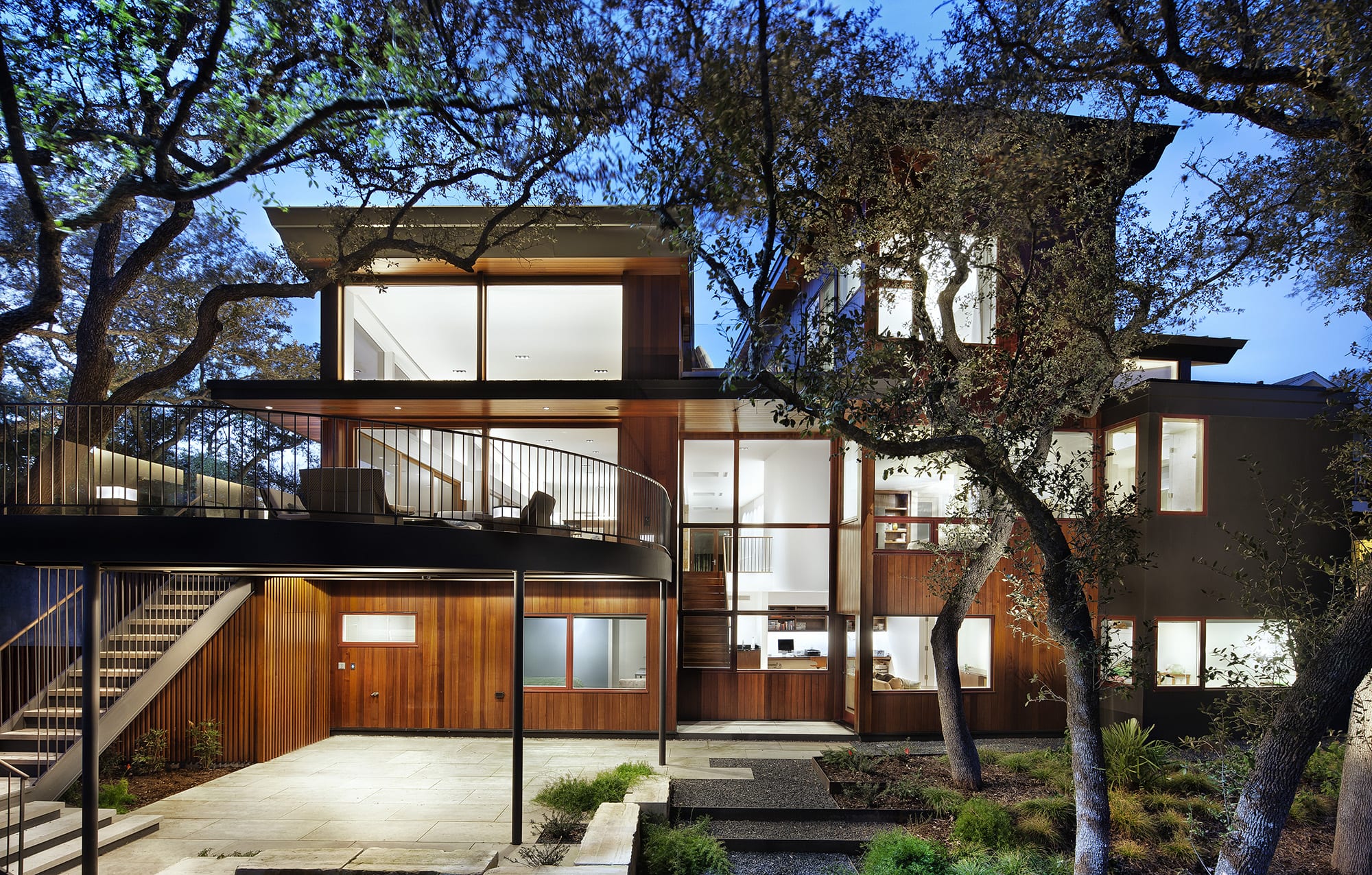
Related Resources:
Download this article as a PDF
California Energy Commission
Energy Code Ace Fact Sheets



